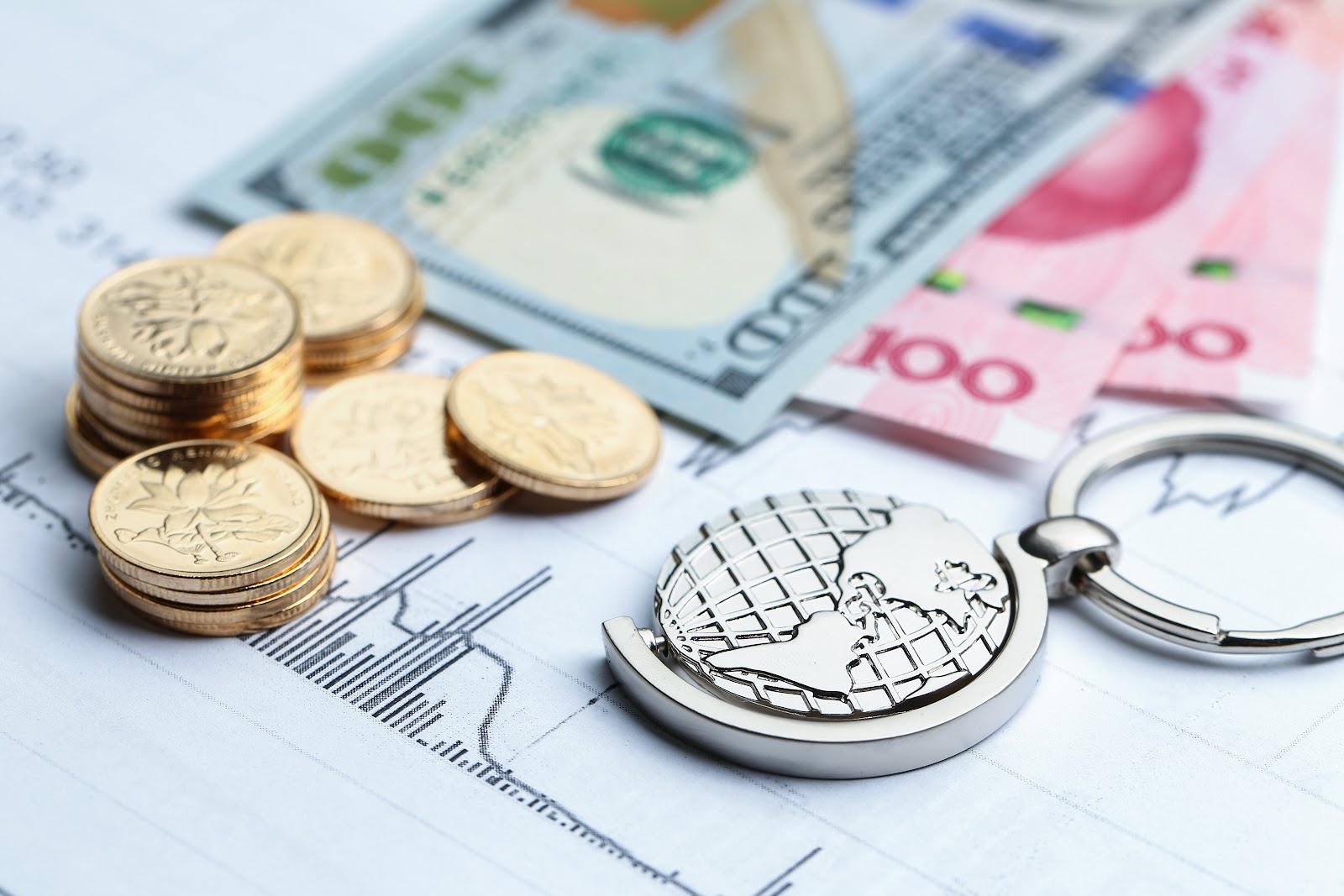Perón, Pesos, and Political Turmoil: Argentina's Economic Odyssey - Muskaan Rawtani
"Simon Kuznets, who won the Nobel prize in economics in 1971 for his work on growth, put it best: there are four types of economies in the world—developed, undeveloped, Japan and Argentina."
In the late nineteenth century, Argentina was among the top
five countries in income per capita, richer than all European countries except
Britain, and on par with other rich settler societies such as the United
States, Canada, and Australia. Its largely high-end agricultural economy at the
time benefited from the inflow of capital in Europe and America and was able to
modernize the industry. These nations were also Argentina’s biggest customers.
And by the early 1900s, they were facing the industrial boom. This factor led
to Argentina becoming one of the top ten wealthiest nations in the world.
However, the economy was not without its problems, there was
rampant corruption in the government and unequal distribution of wealth among
the population. These problems would not have mattered as much if the economy
had continued to grow at a rapid pace as the life standard for all its citizens
would have improved, but the growth did not last. The world war I led to serious
external shock to the economy. Its biggest clients and investors were suddenly
not interested in buying high-end agricultural products or having the capital
to invest in the economy. This led to stagflation in the economy which was only
worsened by the Great Depression.
Now the government was not able to profiteer from the nation
and the people of the nation who had gotten used to a certain lifestyle were
failing to support it. To help the economy the government made various deals
with other powers and companies. However, these were made more to line the
pockets of the government officials than to benefit the local population of
Argentina. One such deal was selling the meat industry’s ownership to foreign powers;
this was one of the largest industries in the country. These actions led to a
spread of discontent in the country leading to civil unrest and a series of
political coups causing fear in the minds of foreign investors.
Amongst this chaos, Juan Perón, emerged as one of the
leaders and got elected as the President of Argentina. He shifted the focus of
the economy to investment heavily in public works, nationalizing foreign
assets, expanding social welfare, and ensuring better working conditions. This
worked for a while, but it also led to the foreign nations whose assets had
been nationalized boycotting Argentina’s goods. This harmed Argentina’s
export-dependent economy and led to another downturn in the nation.
So, during the 20th century, the country moved
from command controlled centralized economy to laissez-faire capitalism, from
election to election. This eroded people’s trust in the stability of the
system. This led to an increase in the interest rate on the loans that were
offered to the country, not only that, the investors were also only willing to
invest in Argentina for a shorter duration of time, as they were scared of the
change in government and the subsequent change in the economic system of the
country.
However, currently, the country is facing another crisis in
all this, which is the currency crisis. The Argentinian Peso was pegged against
the USD, at an exchange rate of 3 to curb inflation. This system fell apart in
2001 when the country ran out of USD, making the Argentinian Peso a floating
currency. The current decline in the currency is so much that the government
had to set depreciation targets. The outgoing government had set a depreciation
target of 3% per month. Despite this various exchange rates prevail in the
economy. These are official value, blue chip value, tourist value, luxury value,
and tech incentives value.
The official exchange rate is 366 and the market rate is
about 150-170% above the official rate. The blue-chip rate is at which peso is
provided to purchase international bonds, shares or gold. This rate is about
250% above the official rate. The tourist rate is the rate at which outgoings
tourist can exchange pesos. This has a 100% tax, so is 100% above the official
rate. The luxury rate is the rate of exchange to purchase any luxury item. This
is also taxed 100%. Tech incentives is available to the tech companies that
export. They can retain 30% of their earning in USD.
So today Argentina is a dual currency economy, with people
preferring USD. This has led to Argentina losing control of its currency.




Comments
Post a Comment